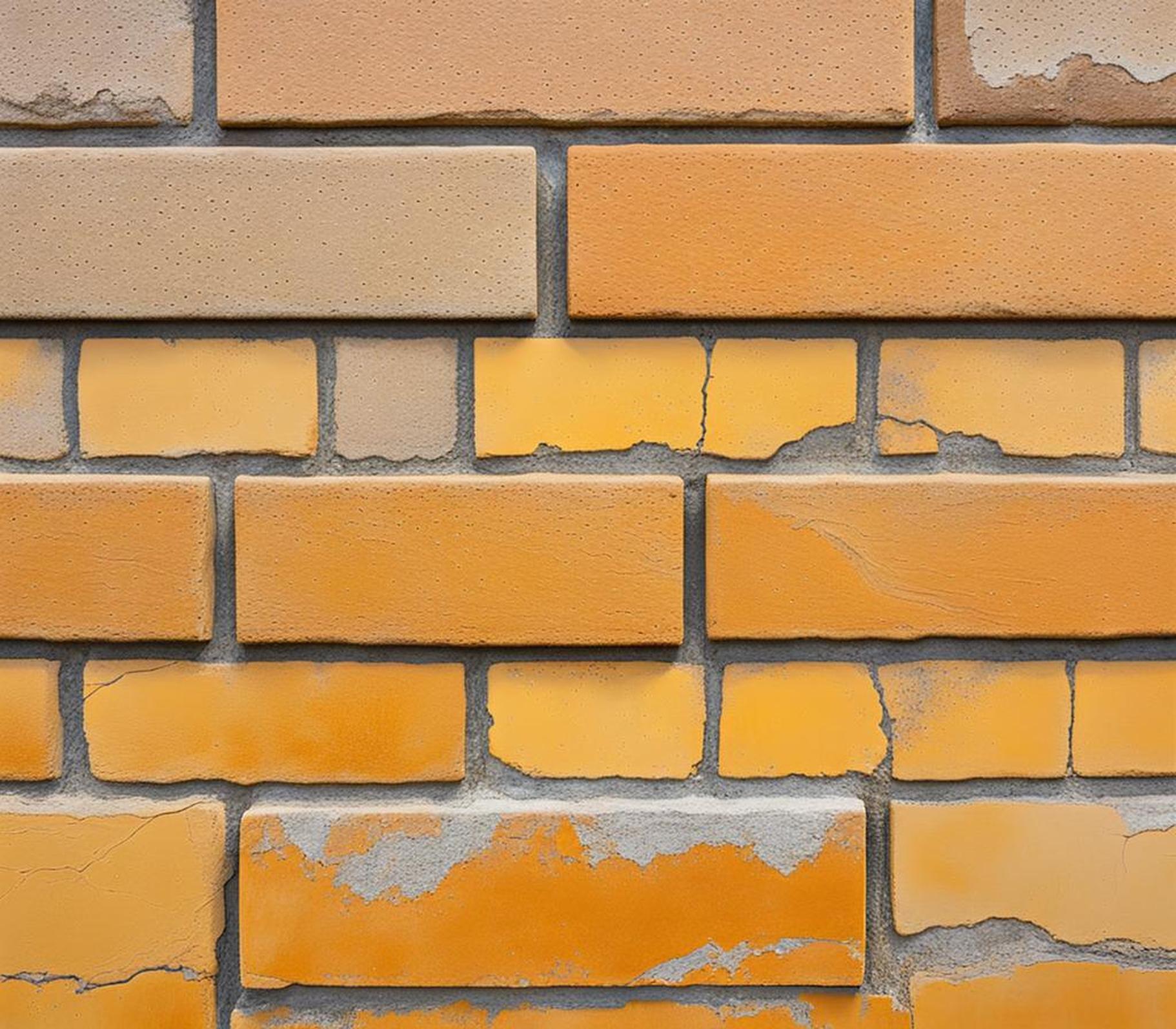Have you ever noticed a white, powdery deposit on concrete surfaces like driveways, patios, or building facades? This whitish bloom is known as efflorescence, and it can be a mysterious and vexing issue for homeowners and contractors alike.
What is Efflorescence on Concrete?
Efflorescence is when white, crystalline deposits form on the surface of concrete. It often appears as a powdery white bloom or fuzz. While strange in appearance, efflorescence is actually the result of a simple chemical process.
Efflorescence forms when salts in the concrete get carried to the surface by water and other moisture. Once the water evaporates, it leaves the salts behind. These salts then react with carbon dioxide in the air and form calcium carbonate, the main component of efflorescence.
Common Salts Causing Efflorescence
- Calcium hydroxide
- Sodium hydroxide
- Potassium hydroxide
- Sulfates
These soluble salts originate from the concrete ingredients themselves. Portland cement naturally contains salts that can cause efflorescence.
What Factors Cause Efflorescence to Form?
For efflorescence to happen, three conditions must be present:
Soluble Salts
Salts like calcium hydroxide have to be present in the concrete mix. All concrete contains salts, but some types like high-alumina cement are more prone to efflorescence.

Moisture
Water is needed for the salts to dissolve and move through the concrete. Sources of moisture include rain, groundwater, improper curing, or condensation.
Porous Concrete
The dissolved salts travel through capillaries and pores to reach the surface. Concrete with more pores and capillaries provides the pathways for this salt migration.
How Does Efflorescence Actually Form?
With the right conditions, here is the efflorescence process explained:
- Salts in the concrete dissolve in water.
- The dissolved salts move through capillary pores in the concrete.
- Salts reach the surface as moisture evaporates.
- The salts react with CO2 and crystallize into whitish deposits.
The severity of efflorescence will depend on factors like:
- Salt concentration in the concrete
- Amount of moisture reaching the surface
- Porosity and permeability of the concrete
Is Efflorescence Harmful to Concrete?
In most cases, efflorescence is purely a cosmetic issue and does not affect the strength or integrity of concrete. The salts forming the deposits occupy very little volume.
However, recurring or worsening efflorescence can potentially indicate other problems. It may signal that water is infiltrating the concrete, leading to more severe issues like:
- Scaling and deterioration of the surface
- Damage from freeze/thaw cycles
- Cracking as salts crystallize in pores
- Corrosion of reinforcing steel
If efflorescence keeps reappearing or seems to worsen over time, it’s a good idea to have a professional evaluate the concrete for structural issues.
Preventing Efflorescence During Construction
While efflorescence cannot be prevented entirely, the risk can be minimized through proper practices:
Concrete Mix Design
Use a mix with adequate cement content and a low water-cement ratio. Limit the amount of salts by controlling the cement chemistry and aggregates used.
Proper Curing
Ensure concrete cures slowly and thoroughly. This results in denser, less porous concrete.
Surface Treatments
Apply concrete sealers and water repellents to limit moisture passing through the concrete.
Moisture Protection
Protect concrete from rain, condensation, and groundwater during construction. Cover surfaces and control runoff.
Removing Existing Efflorescence
If efflorescence is already present, removal options include:
Dry Brushing
Gently brush deposits away with a stiff bristle brush.
Water Washing
Use a garden hose or pressure washer to rinse off efflorescence.
Specialty Chemicals
Cleaner solutions react with the salts to dissolve efflorescence.
Abrasive Blasting
Sandblasting can remove heavy efflorescence but may damage the concrete surface.
When to Worry About Efflorescence
Efflorescence appearing once or only occasionally generally isn’t a major concern. However, seek professional advice if you notice:
- Efflorescence keeps reoccurring after repeated cleaning
- Deposits are progressively worsening over time
- Signs of deterioration like cracks or spalling accompany efflorescence
In these cases, efflorescence may be a red flag for more serious durability issues that require further evaluation.
Efflorescence Facts and Fiction
Despite being relatively commonplace, efflorescence is often misunderstood. Here are some clarifications on the facts:
- Efflorescence is preventable with proper concrete practices.
- It’s not necessarily a sign of low quality concrete.
- Some degree of efflorescence may still form despite good concreting.
- The main defense is controlling moisture, salts, and porosity.
While the white powdery deposits of efflorescence may appear complex, the causes and remedies are fairly straightforward. Keeping concrete mixes, surfaces, and moisture exposure in check goes a long way to preventing efflorescence. And if it still occurs, various removal options exist to restore aesthetics.
efflorescence on concrete doesn’t need to be a mystery. A basic understanding of its chemical nature provides the knowledge to properly manage this common concrete phenomenon.
